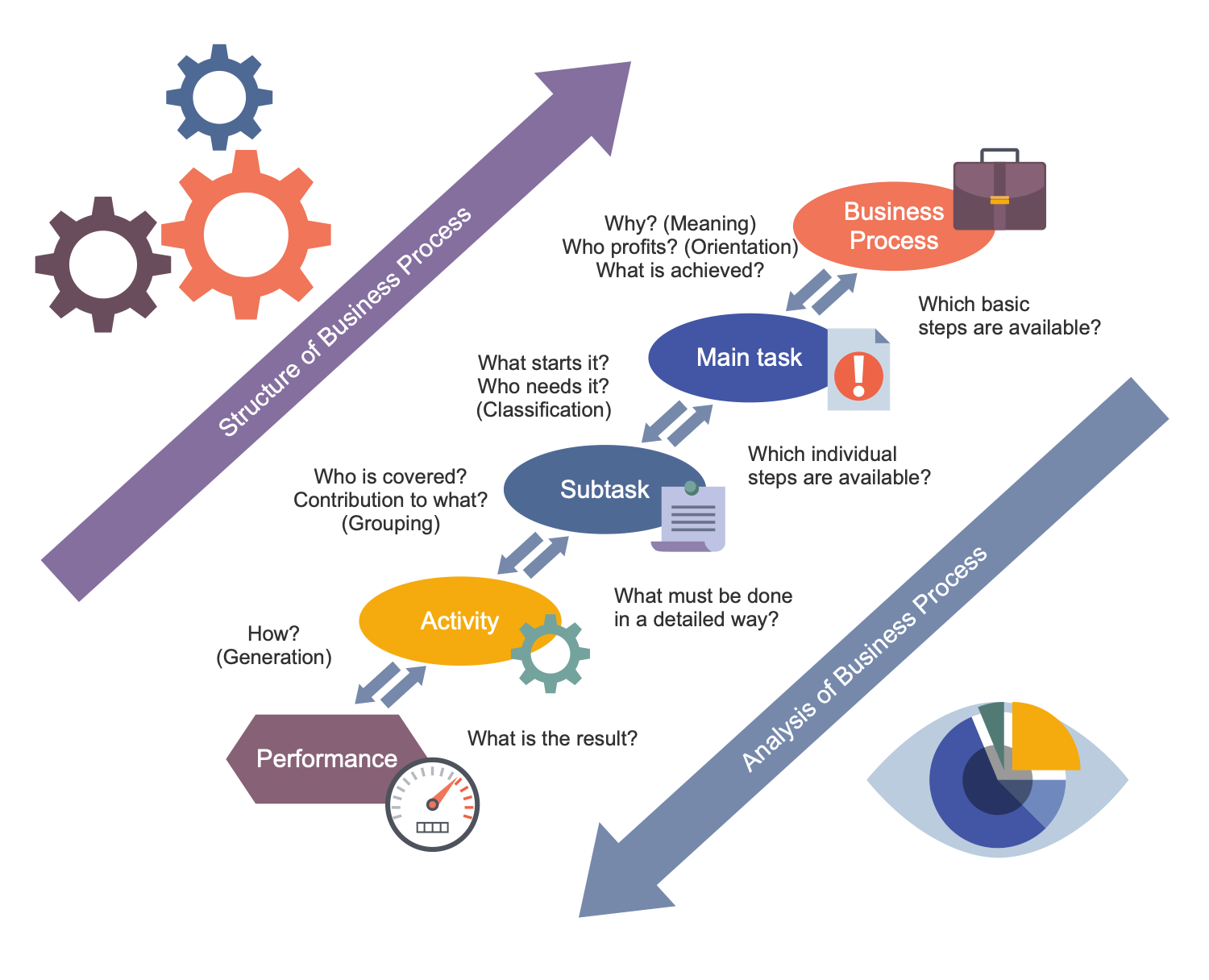

That’s because automation and data are playing an ever-larger role in BPM. That said, there seems to be a growing relationship between BPM success and IT strategy. That’s because it transcends departments. In the age of cloud and AI, automation and data are playing an ever-larger role in BPM.īPM has not necessarily been thought of as an IT function, per se, even if IT may have been asked to procure, implement, or support traditional BPM tools. BPM is an ongoing to improve business processes.” –Eric McGee, senior network engineer at TRG Datacenters How BPM and IT fit together It coordinates people, systems, and data to ensure the business outcomes support the business strategy. “BPM consists of various methods to discover, model, analyze, measure, enhance, and optimize the business processes. It’s used to streamline the way a company operates.” –Akram Assaf, CTO at Bayt “BPM is a methodology that follows certain steps to analyze, measure, optimize, and improve the business process. It is a holistic program, and one that requires continued re-engineering of myriad processes to fine-tune.” –Tony Higgins, CTO at Blueprint BPM isn’t characterized by a discrete task or operation. “Business Process Management defines specific organizational tasks, refines how those tasks get executed, and puts a system in place that can analyze and monitor how efficient the workflows are functioning. “Business Process Management is a functional discipline for business process owners and operational teams to discover, document, analyze, audit, and optimize existing processes and implement new ones for better operational performance, improved risk management, and streamlined governance of the entire process.” –Marcus Torres, VP of product management, platform at ServiceNow What is Business Process Management (BPM)? Then we’ll dig deeper into the relationship between BPM and IT and explore some BPM examples. These can be helpful when thinking about the role BPM plays in your organization, or when explaining it to others. Let’s start with some definitions, in addition to Tyrrell’s above, that you can use. “These processes sometimes are created organically, other times via legislation, or sometimes are just made up on the spot.” inevitably get created and exist in any business, generally without enough governance around their long-term maintenance,” says Jim Tyrrell, senior principal solutions architect on Red Hat's public sector team. “Business Process Management (BPM) is the management of business processes that are typically buried in people’s heads, manuals, rules, laws, and worksheets. BPM is a layered practice concerned with codifying, optimizing, and continuously improving operations or processes – especially of the sort that would otherwise be thought of as ad hoc solutions or the type of “institutional IQ” that walks out the door when people leave. The name BPM sounds like something we should be able to define without much help: It entails managing business processes, right? But that’s too simplistic.

BPM helps codify, optimize, and continuously improve operations or processes.


 0 kommentar(er)
0 kommentar(er)
